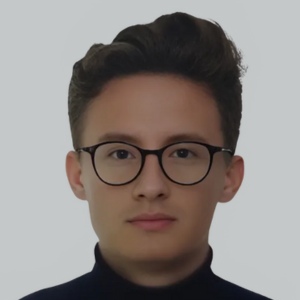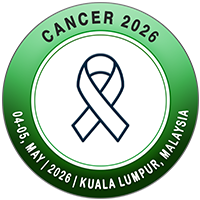
Marko Vlacic
University of Novi Sad, SerbiaPresentation Title:
Mapping sentinel lymph nodes among patients afflicted with skin melanoma
Abstract
The network of lymphatic vessels in the skin has been studied for centuries. In 1984, Sappey published an atlas of lymphatic vessels. The discovery of lymphoscintigraphy around 1950 renewed interest in verifying the pathways of lymphatic vessels in patients with skin melanoma. Lymphoscintigraphy quickly became an indispensable technique for mapping sentinel lymph nodes. Detecting sentinel lymph nodes is essential for conducting adequate diagnostics, appropriately staging patients, and administering necessary therapy. A sentinel lymph node is any lymph node that drains lymph from the tumor site. It may not even be the closest to the tumor site because lymphatic vessels can bypass that group of lymph nodes and drain into other lymph nodes. Lymphoscintigraphy is used in mapping sentinel lymph nodes in patients with skin melanoma. It involves intradermal injections of a radiocolloid in close proximity to the melanoma site or in the vicinity where an excisional biopsy has been performed. The location of all lymphatics is marked with a marker or tattooed with a dot on the skin above the node. Radiocolloids particles used for sentinel identification are in the size range of 5 - 50 nanometers. These particles easily enter lymphatic capillaries, and their entry is facilitated by exercise or massage of that body part. The lymphatic drainage of the skin varies from patient to patient, sometimes even when the tumor is in the same location in two different individuals. Therefore, careful diagnostics will enable the location of all true sentinel lymph nodes.
Biography
Marko Vlačić has completed Medical Faculty at the University of Novi Sad. At the moment he is a resident of the Plastic and Reconstructive Surgery at the University Clinical Center of Vojvodina, Novi Sad and a Teaching Assistant at the Medical Faculty at the University of Novi Sad at the Department of Surgery.


